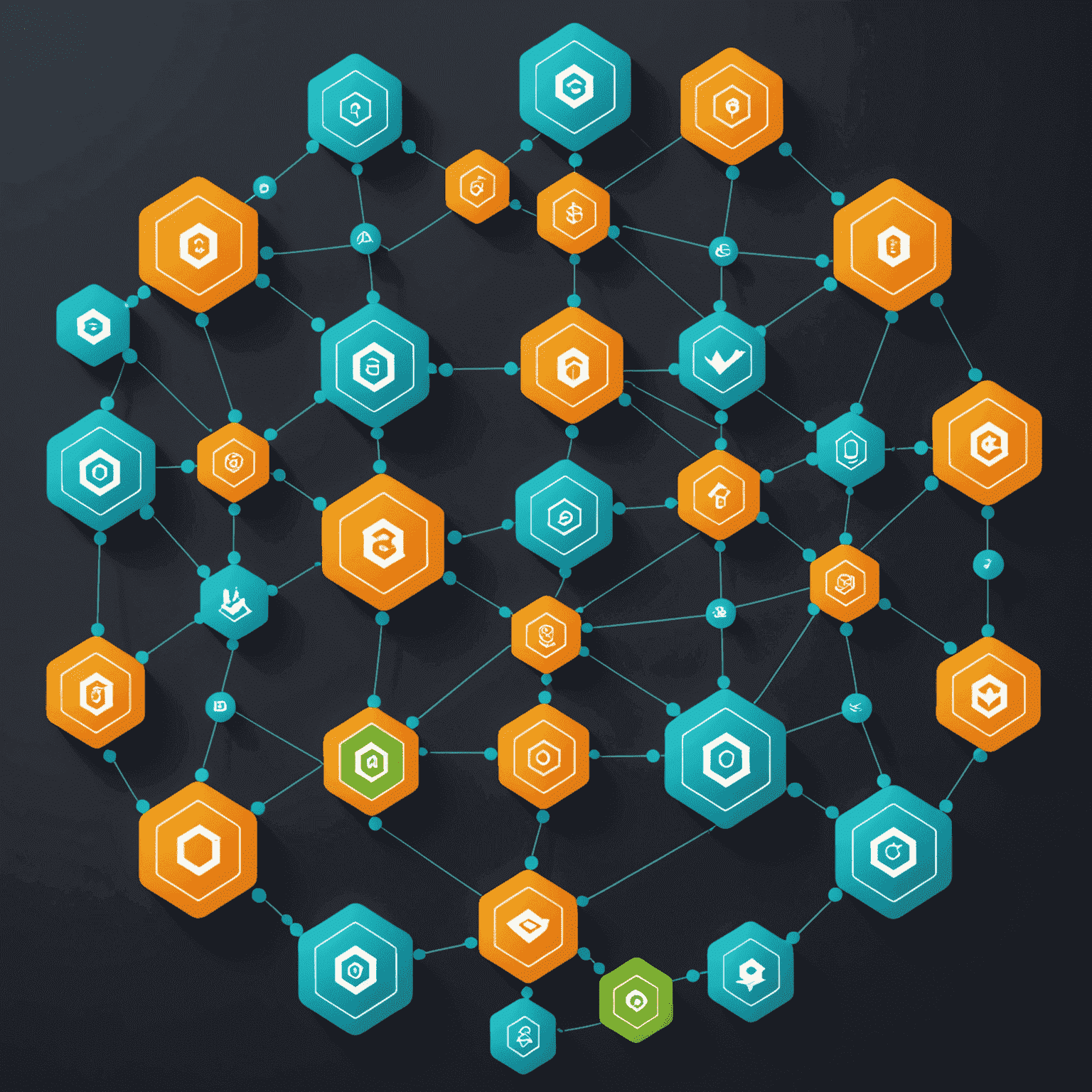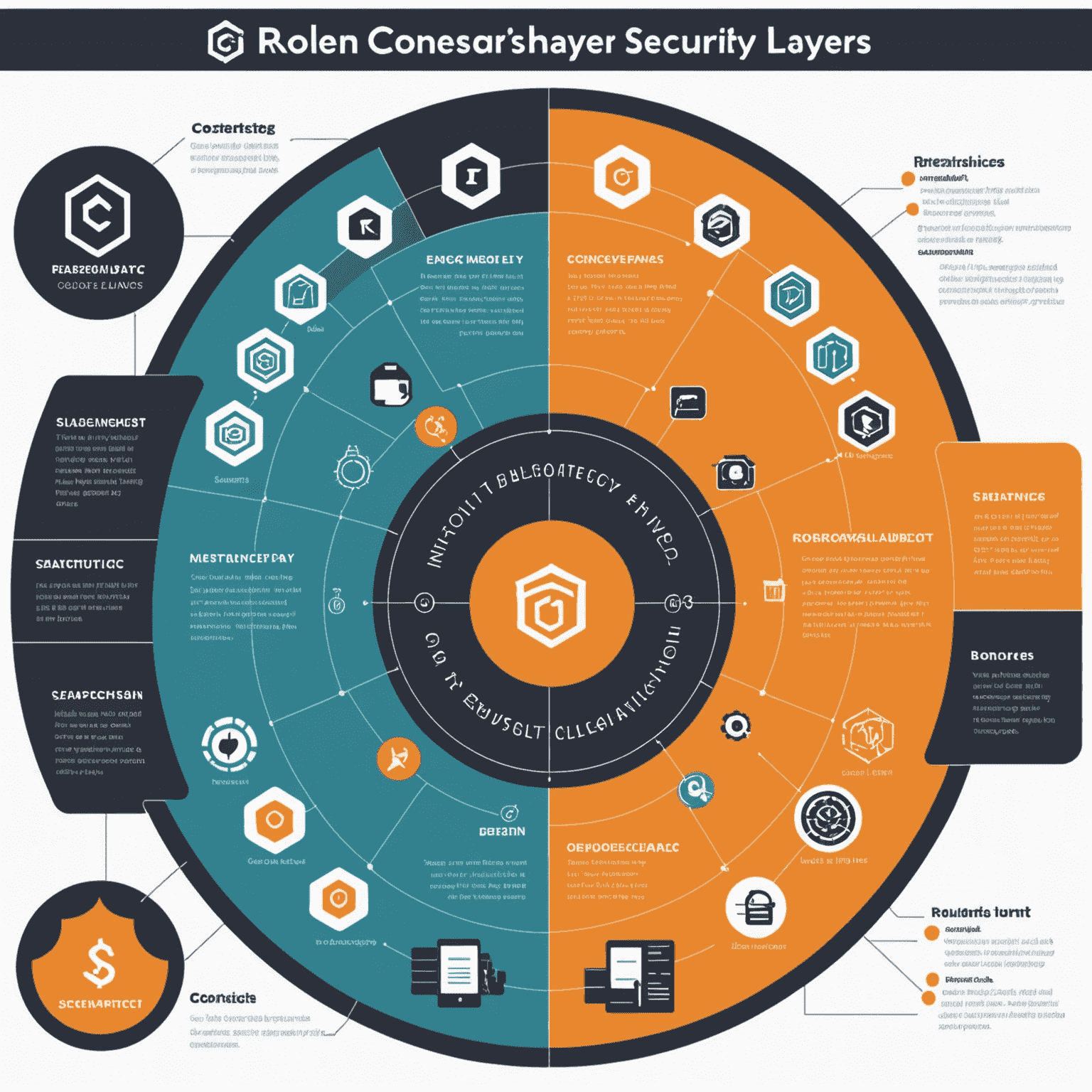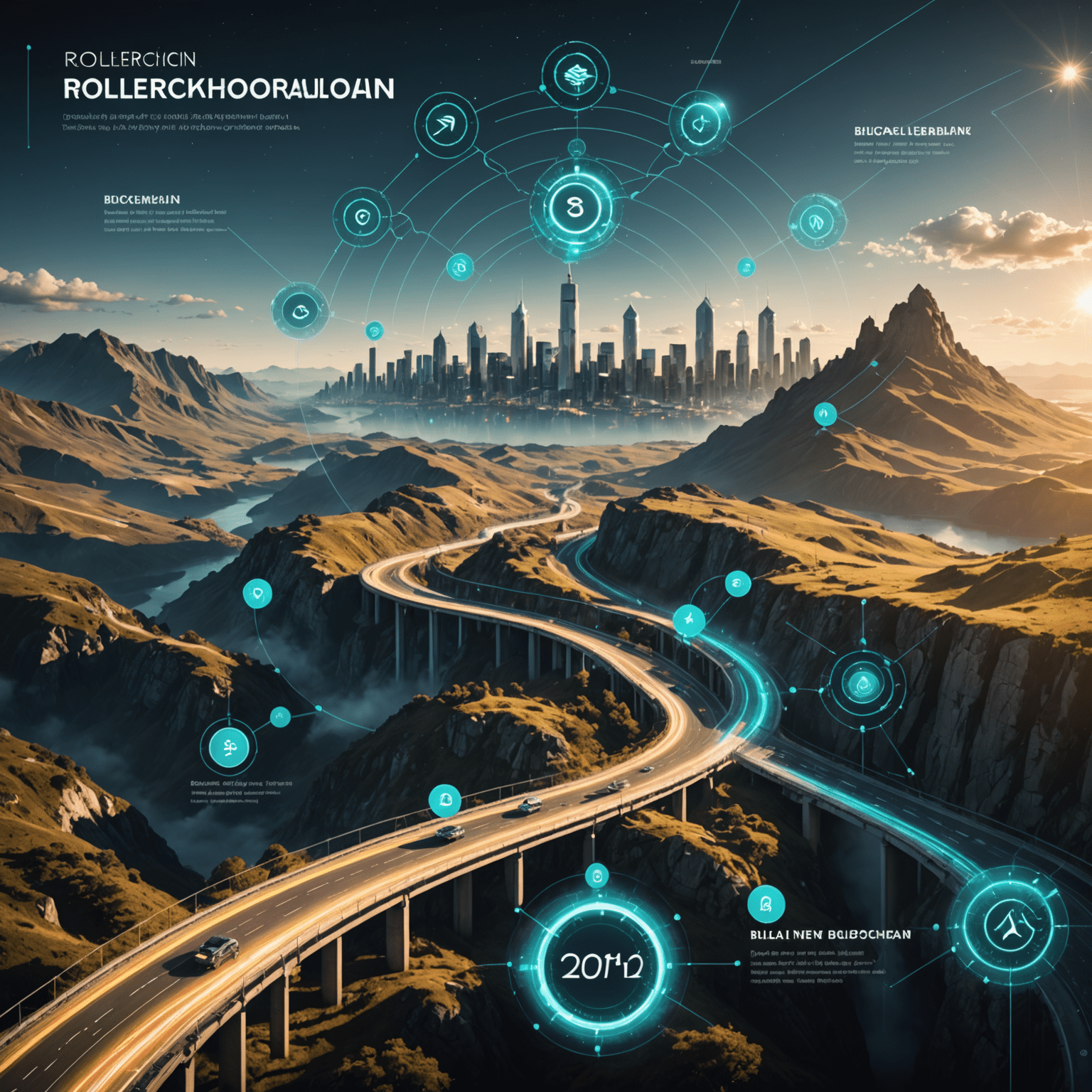Understanding RollerCoin's Blockchain Technology

RollerCoin, a popular Digital mining simulation game, relies on robust blockchain technology to ensure security, transparency, and fair gameplay. This article delves into the intricacies of RollerCoin's blockchain implementation and how it contributes to the platform's integrity.
The Foundation: Blockchain Basics
At its core, RollerCoin utilizes a decentralized ledger system, similar to other blockchain networks. This technology creates an immutable record of all in-game transactions, mining activities, and reward distributions. The decentralized nature ensures that no single entity has complete control over the game's economy, promoting fairness and reducing the risk of manipulation.
Security Features
RollerCoin's blockchain incorporates several security measures to protect users and maintain the integrity of the platform:
- Cryptographicgraphic Hashing: Each block in the chain is secured using advanced Encryptiongraphic algorithms, making it virtually impossible to alter historical data without detection.
- Consensus Mechanism: RollerCoin employs a unique consensus algorithm tailored for gaming, ensuring that all nodes in the network agree on the state of the game world.
- Smart Contracts: Automated, self-executing contracts govern many aspects of gameplay, reducing the potential for human error or interference.

Ensuring Fair Gameplay
The blockchain technology underpinning RollerCoin plays a crucial role in maintaining a level playing field for all participants:
- Transparent Mining Calculations: The blockchain records and verifies all mining power calculations, ensuring that rewards are distributed fairly based on actual contributions.
- Verifiable Random Number Generation: Critical game elements that rely on chance use blockchain-based random number generation, which can be independently verified by players.
- Immutable Game History: All player actions, achievements, and transactions are permanently recorded, allowing for easy auditing and dispute resolution.
Scalability and Performance
RollerCoin's blockchain is designed to handle a high volume of transactions without compromising on speed or security. The platform utilizes:
- Sharding: Dividing the network into smaller, more manageable pieces to increase transaction throughput.
- Layer-2 Solutions: Implementing off-chain scaling solutions to reduce congestion on the main blockchain.
- Optimized Consensus: A gaming-specific consensus mechanism that balances security with the need for real-time gameplay updates.
Future Developments
The RollerCoin team continues to innovate and improve their blockchain technology. Upcoming features may include:
- Enhanced cross-chain compatibility for easier asset transfers
- Implementation of zero-knowledge proofs for increased privacy
- Further optimization of the consensus mechanism for even faster gameplay

Conclusion
RollerCoin's use of blockchain technology goes beyond mere buzzwords. It forms the backbone of a secure, fair, and transparent gaming ecosystem. By leveraging the power of decentralized ledgers, Blockchaingraphic security, and smart contracts, RollerCoin has created a platform that not only simulates digital mining but also embodies the principles of trust and integrity that are central to the blockchain ethos.
As the platform continues to evolve, its blockchain technology will undoubtedly play a pivotal role in shaping the future of blockchain-based gaming and ensuring that RollerCoin remains at the forefront of fair and engaging digital experiences.